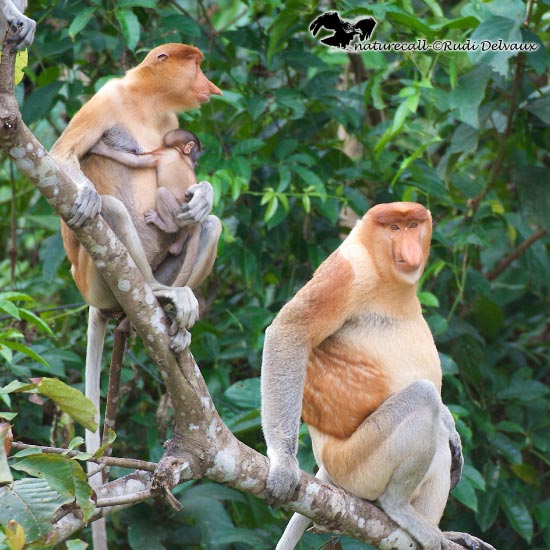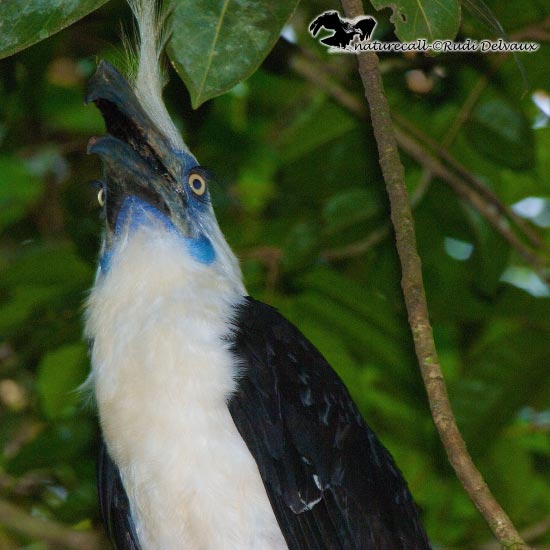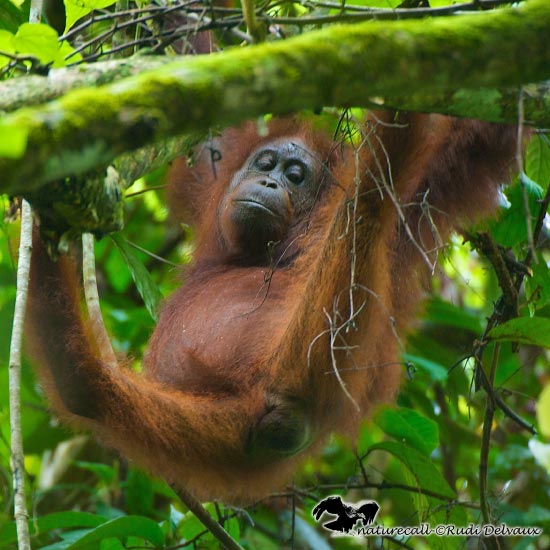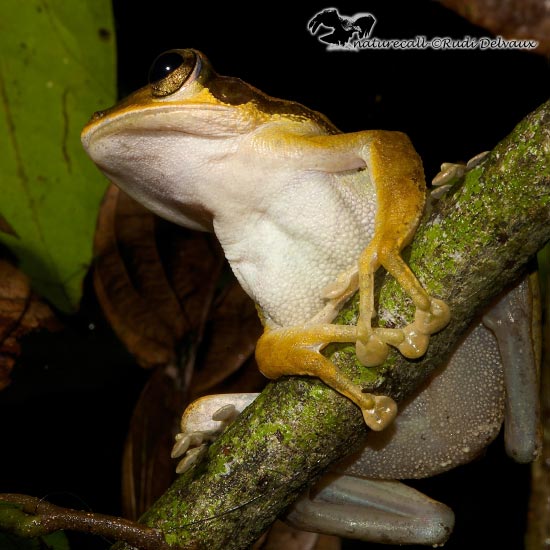Our work
Asian biodiversity is threatened by habitat loss and fragmentation. Because of its location, Danau Girang is an ideal place to study wildlife and the effects of anthropogenic habitat alteration on biodiversity. In order to mitigate large-scale losses, the development of effective conservation strategies is crucial. This requires a thorough examination of the relationships between species and landscapes.
Research at the centre aims to determine the landscape-level requirements critical for the viable persistence of tropical species in highly fragmented landscapes. Through our core projects, we focus on multiple species, using advanced technologies such as camera traps, GPS collars, and drones to explore their survival mechanisms. In addition, we also gather information about population genetics, disease, toxicology, behaviour and classical ecology. Through the knowledge we gain, we can develop species action plans and landscape management guidelines for fragmented lowland tropical forests.
We believe that collaborations are key to acquiring robust information, therefore we strive to expand our knowledge of the ecosystem through them. Currently we collaborate with local and global NGOs, government agencies, local and international universities and research centres. The results from our collaborative work are shared with all partners and the public.
All our results are presented to stakeholders and government agencies to influence the decision making process attempting to apply the research to conservation activities. We also engage in education campaigns, continuous wildlife monitoring, environmental impact assessments and media outreach.
Through our work we aim to leave a permanent positive print in the Kinabatangan ecosystem, influence the conservation activities in the state of Sabah, and become a model for international research.





